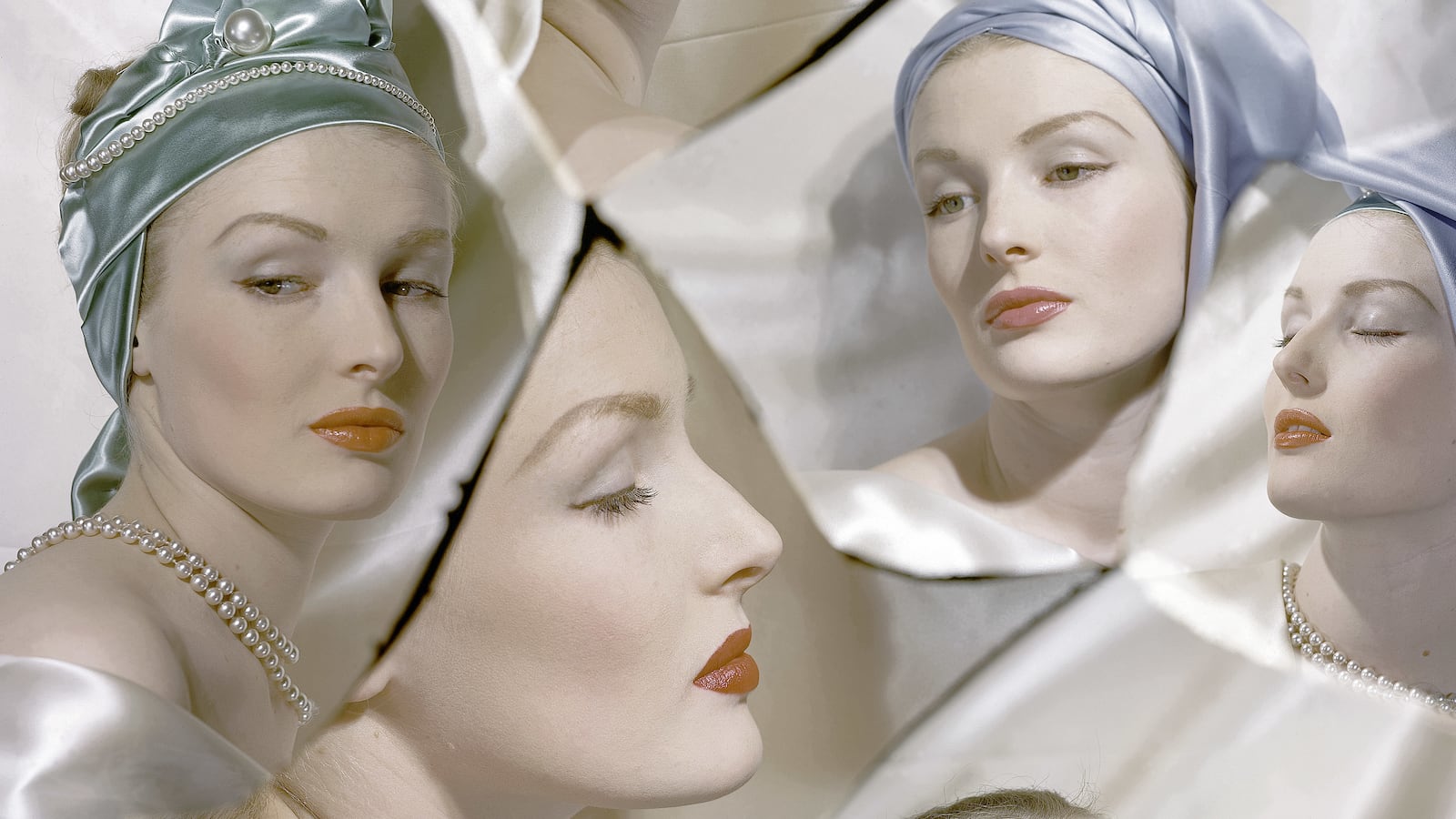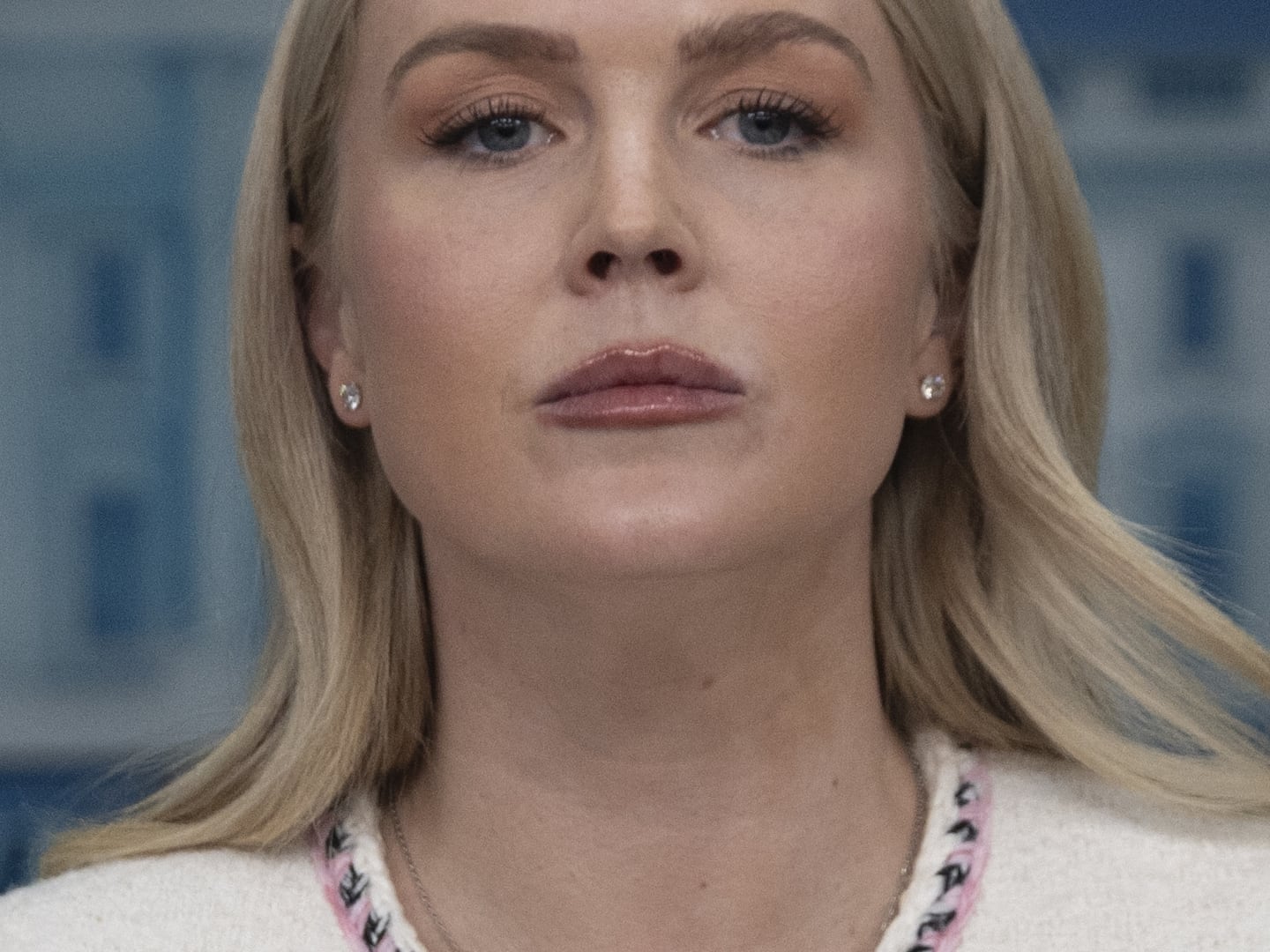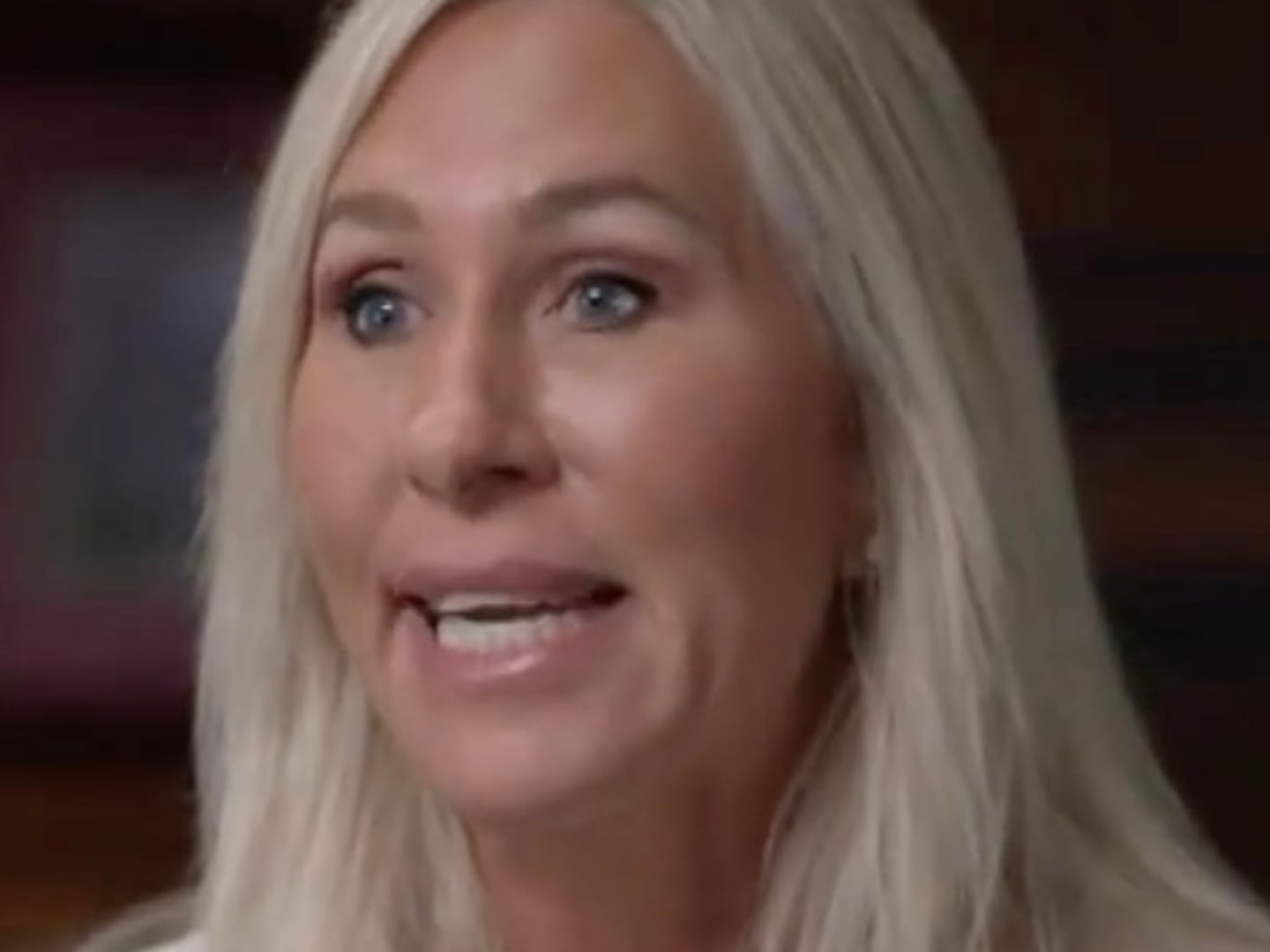The two young fashion students walking through New York’s South Street Seaport were probably born after Horst P. Horst's death in 1999, at the age of 93.
But judging by the reaction of one of them, a blond young man with an imitation Louis Vuitton fanny pack slung over his shoulders, the legacy of Horst—one of the 20th century’s most prolific fashion photographers—lives on.
“Horst!” the student exclaimed upon seeing the photographer’s work hanging in 10 Corso Como, a gallery wedged between the FDR highway and a Guess store. The boy tapped his friend on the shoulder and the two rushed in, gleefully ogling selections from Horst’s 60-year career.
Horst P. Horst’s body of work, which includes over 90 Vogue covers, has often been described as “timeless.” It makes sense, then, that 10 Corso Como would title its Horst retrospective Always in Style.
The slim selection of 25 prints primarily serves as a honeypot to lure window shoppers deeper into the adjacent clothing store, in hopes that they'll buy $60 Goop supplements or pricey Gucci loafers. (The art, part of Munich collector Gert Elfering’s collection, is also on sale too—portraits of Andy Warhol and Diana Vreeland start at $5,825.)

Artist Andy Warhol leaning on an Irish Regency sideboard and holding a piece of a baguette while a large dog stands at his side, in the boardroom of the Factory in New York.
Horst P. HorstAs an architect-turned-photographer, Horst had an eye for classical styling—he loved photographing shapely nudes in profile, standing still as marble.
But the German-born artist trained in Paris alongside Salvador Dalí and other surrealists. There, he picked up a healthy appetite for injecting his photographs with a hint of chaos.
In Horst’s New York Times obituary, critic Cathy Horyn reported the photographer once insisted, “My best pictures always have a little mess—a dirty ashtray, something.”
This fastidious attitude made Horst a bit of a rebel in the clean-cut world of 1950s fashion photography, and his reputation was only enhanced by his extreme attention to detail. Horst regularly spent days on a single shot—a privilege time-strapped editors grudgingly granted him.
Horst’s most recognizable work, 1939’s “The Mainbocher Corset,” has a place of honor in the gallery’s exhibit. The perennially relevant shot, which Madonna recreated in her 1990 “Vogue” music video, shows a toned female undoing her corset from behind.
The shadowy scene looks almost sterile, save for a few errant laces and the woman’s messy hair. Devoid of extra fussiness, the photo could have been taken of a Gibson girl 100 years ago, or Elle Fanning at Cannes just last week.
“A word like ‘timeless’ is hard to define clearly, but I think what it refers to in [Horst’s] case is a minimal ornamentation or decoration that stands out as unique to a set time period,” Sarah C. Byrd, a fashion historian and professor at FIT and NYU, told The Daily Beast. “The particulars of clothing, makeup, and hair recede into a silhouette that draws viewers into the photograph.”
In his eighties, Horst would describe himself as “a little German from who knows where.” More specifically, he was from Weissenfels an der Saale, an eastern town home to about 28,000 people at the turn of the 20th century.
He was born in 1906 Horst Paul Albert Bohrmann, the son of a wealthy hardwear merchant. Though Horst found his cushy upbringing stifling, it did afford him the opportunity to study in Paris as a pupil to the famed architect Le Corbusier. In 1930, Horst met and began assisting the fashion photographer George Hoyningen-Huene. The two became lovers.
During a trip to England with Hoyningen-Huene, Horst met Vogue’s Cecil Beaton. A debonair figure comfortable with requisite schmoozing, Horst quickly charmed Beaton, and began working at the glossy in 1931. The pages of his portfolio quickly filled with shots of the era’s many glamorous stars—Ginger Rogers, Marlene Dietrich, and Bette Davis were all his subjects.

Composite photo of head shots of model Susann Shaw, in pastel colored satin turbans, hoods and different hairstyles.
Horst P. HorstIntellectuals and society figures also sat for Horst. He took portraits of Gertrude Stein, Noel Coward, Cole Porter, scads of European princesses. Even Coco Chanel and Elsa Schiaparelli, famous fashion rivals of their day, were united in their love of Horst's work (and loathing of each other).
During his time in Paris, a newly single Horst met another mover and shaker: the British diplomat Valentine Lawford. The two fell in love and lived together for over 50 years, until Lawford’s death at age 80 in 1991.
The European-bred eroticism in Horst's work led to many reshoots demanded by Vogue higher-ups uncomfortable with selling nudity to priggish Americans.
Horst found an ally in Lisa Fonssagrives, a Swedish socialite and supermodel prototype, who sat for her first nude with Horst, titled “Lisa with Harp.”
In it, the model sits, crouched, her head facing away from the camera. A harp sits superimposed on top of Fonssagrives’ delicate body, courtesy of double exposure, an ambitious-for-its-time technique.
Though some modern fashion photographers have earned a lecherous reputation for exploiting models—especially when it comes to on set misconduct—Horst maintained his gentlemanly image.
His sets were welcoming spaces; the only scandal connected to his name was how conservative readers reacted to his erotic imagery.
Recalling the “Lisa with Harp” shoot, Fonssagrives said, “I felt lapped in calm and beauty and luxury and glamour—and yet as though I were in my own house; not just posing in it, but living in it, as myself.”
As the threat of Nazi invasion loomed over Paris in 1939, Horst fled to New York City. Before leaving Europe, he changed his last name—Borhmann—to Horst. He had been going by the eccentric moniker for most of his career, so the switch made sense. Plus, he did not want to be associated with Martin Bormann, Hitler’s private secretary.
Horst would tell The New York Times that he pumped out romantic, stylized images as a reaction to the tumult in pre-war Germany. “I’m more interested in what’s beautiful in the world rather than what’s disastrous, perhaps because I came from a disastrous country when I was young,” he said. After a stint in the U.S. Army, Horst became a U.S. citizen.
Though Horst may be best known for his black-and-white nudes, he was most prolific in vibrant color portraits, taking full advantage of a newer medium by dressing his models monochromatically and placing them in front of dynamic theater backdrops. Many were painted by Salvador Dalí.

Model, Muriel Maxwell, in white sunglasses, holding striped bag while applying makeup.
Horst P. HorstWhen Horst's motionless, woman-as-still-life style lost popularity as editors readers favoring models in movement, Diana Vreeland tapped Horst to shoot portraits and interiors for Vogue. It was a role he tackled with aplomb and a natural ease.
In 1966, the press-shy Cy Twombly allowed Horst access to his Roman palazzo. Horst left the visit with a selection of prints that bare his architectural roots, with Twombly lounging in front of an open doorway, his wife, the Baroness Tatiana Franchetti, peeking into view.
Horst kept working, with the help of assistants, until 1992, when his eyesight began to fail. During the 1980s, his last full decade of shooting, he was commissioned to photograph ads for the barely-there stocking company Round the Clock. The campaign's cheeky catchphrase: “Pantyhose for men.”
Never one to shy away from flesh, Horst attacked the project, taking up-skirt photos of leggy models. Working 40 years after “The Mainbocher Corset” drew pause from stuffy editors, Horst relished the opportunity to show more skin.
But save for a sliver of one woman's underwear getting into the shot (which would not have been approved in pre-war America), Horst's 1987 photo is indistinguishable from ones he took in 1939.
As the pair of fashion students who ran into the 10 Corso Como finished their stroll through the art, they found themselves in the gallery's accompanying store.
They took one look at the neon skatewear and sniffed in the assaulting scents of too many scented candles. In less than a minute, they had turned around to go back and look at the 80 year-old photographs.
Always in Style: Horst P. Horst is at 10 Corso Como Gallery until June 22.






